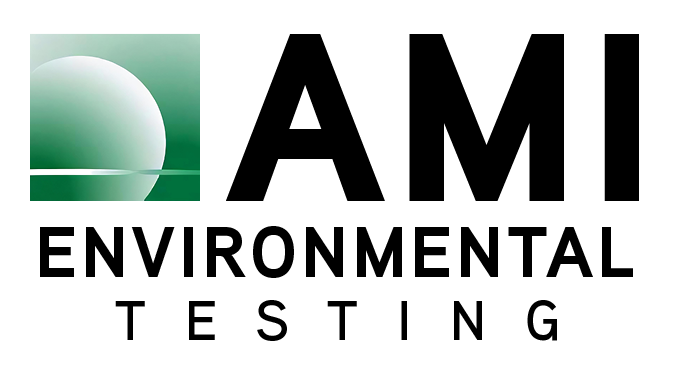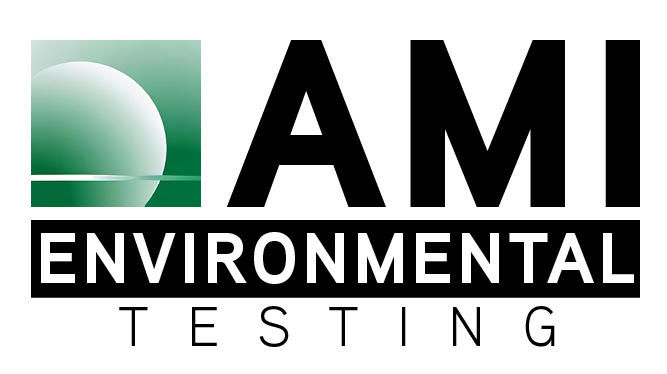The silent component in welding fumes is manganese. Most material safety data sheets (MSDS) won’t list it as a component of welding filler wire or rod because the amount is typically less than one percent. Since it’s not listed, this metal often gets overlooked during the air sampling of welding processes. This oversight can have serious implications. Chronic (long term) manganese exposure at levels above the 8-hour exposure limit can cause Manganism, a neurological disease similar to Parkinson’s disease.
Manganese has a very low exposure limit. The American Conference of Governmental Industrial Hygienists recommends a 0.2 milligram per cubic meter of air, 8-hour exposure limit. NIOSH ascertains a 1 milligram per cubic meter of air, 8-hour exposure limit. Air sampling for manganese as part of a metal fumes screen is a simple and cost effective measure for ensuring your workers are properly protected and not being overexposed. Check your sample records and see if manganese was included during metal fume sampling. If it wasn’t, call us. We’ll be glad to help you get the exposure data you need to protect you workers.



